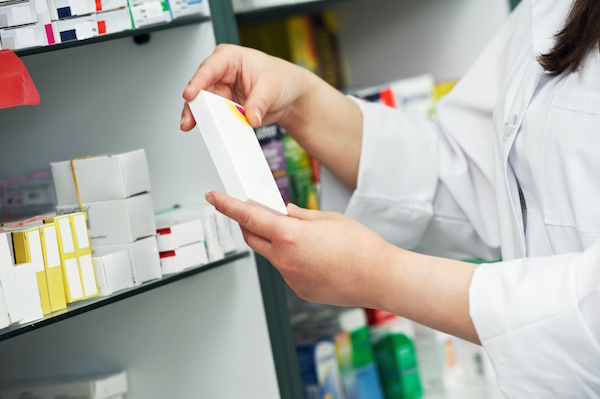
FRIDAY, Sept. 27 (HealthDay News) — Drug use triples drivers’ risk of a fatal car crash, and the combination of drugs and alcohol causes an astronomical increase of 23 times the risk, according to a new study.
Drugged driving is a growing safety concern in the United States and many other countries — especially with the rise of prescription drug abuse — but there’s been little investigation into its role in crashes to date, the study authors said.
The researchers at Columbia University’s Mailman School of Public Health analyzed U.S. government data on roadside surveys of alcohol and drug use by drivers and fatal crashes. They found that nearly 32 percent of drivers involved in fatal crashes and about 14 percent of “control” drivers in the roadside surveys tested positive for at least one drug.
Overall, drivers who tested positive for drugs were three times more likely than those who tested negative to be involved in a lethal crash. Depressants were associated with the highest risk of a fatal crash, followed by stimulants, narcotics and marijuana, among the drugs that were studied.
Elevated blood alcohol levels were found in about 9 percent of the drivers in the roadside surveys and in 57 percent of drivers involved in fatal crashes. About one-fifth of the drivers involved in fatal crashes tested positive for alcohol and one or more drugs, compared with 2.2 percent of the drivers in the roadside surveys, the investigators found.
Compared to drivers who tested negative for alcohol and drugs, the risk of being in a fatal crash was more than twice as high for those who were drug-positive but alcohol-negative, more than 13 times higher for those who were alcohol-positive but drug-negative, and 23 times higher for those who tested positive for both alcohol and drugs, according to the study in the journal Accident Analysis and Prevention.
“The possible interaction of drugs in combination with alcohol on driving safety has long been a concern,” study leader Dr. Guohua Li, a professor of both epidemiology and anesthesiology, and director of the Center for Injury Epidemiology and Prevention, said in a Columbia news release.
“While alcohol-impaired driving remains the greatest threat to traffic safety, these findings about drugged driving are particularly salient in light of the increases in the availability of prescription stimulants and opioids over the past decade,” Li added.
More information
The U.S. National Institute on Drug Abuse has more about drugged driving.
Copyright © 2025 HealthDay. All rights reserved.

